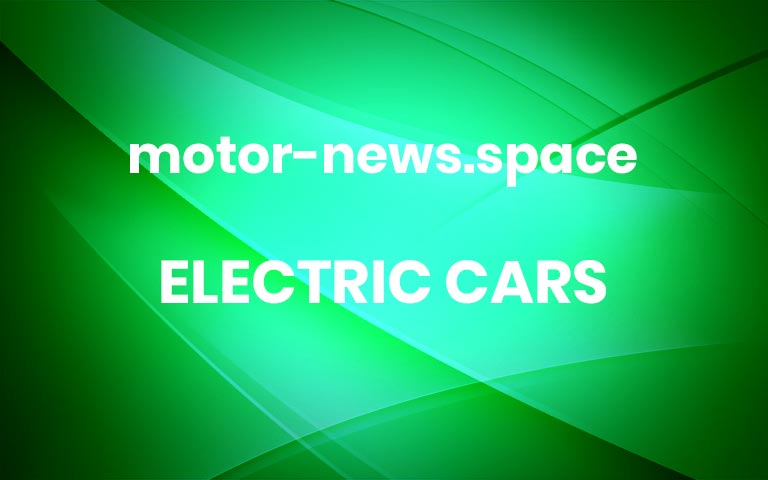Citroen eC3 Scores 0 Safety Rating In Global NCAP – Bodyshell Stable (Stellantis Statement)
Citroen eC3 crash test – Global NCAPCitroen C3 Electric Receives Disappointing Crash Test Results in IndiaIn a recent crash test conducted by Global NCAP, the safety rating for the Citroen C3 electric, also known as eC3, has been revealed, stirring concerns about its safety features. Launched in India in February 2023, the Citroen C3 electric garnered attention for its eco-friendly design and innovative features. However, the crash test results paint a different picture, highlighting significant safety shortcomings.Citroen C3 Electric Crash Test ResultsAccording to Global NCAP, the Citroen eC3 scored a dismal 0-star safety rating for adult passengers and a mere 1-star safety rating for child passengers. Despite being equipped with dual front airbags, seat belt reminders, and belt load limiters, the model lacked crucial safety features, contributing to its poor performance in the crash tests.Citroen eC3 crash test – Global NCAPGlobal NCAP noted that while the body shell integrity during frontal impacts remained stable, the absence of features like Electronic Stability Control (ESC), Advanced Driver Assistance Systems (ADAS), ISOFIX, Side Airbags, and Knee Airbags undermined the overall safety rating. Additionally, the lack of side head protection made side pole impact testing impossible.In their assessment of adult safety, Global NCAP highlighted various deficiencies. Although the protection offered to the driver’s and passenger’s head and neck during frontal impacts was commendable, weak chest protection for the driver and poor chest protection for the passenger limited the rating to one star. Moreover, inadequate knee protection for the driver and unstable footwell areas further compromised safety.[embedded content]For child safety, Global NCAP observed that while the child seat for a 3-year-old installed forward-facing failed to prevent excessive forward exposure and head contact, side impact protection was satisfactory. However, concerns arose regarding the absence of three-point seat belts in all seating positions and insufficient Isofix positions as standard features.Consumer Awareness and Safety PrioritizationCommenting on the results, Global NCAP emphasized the importance of comprehensive safety measures in vehicles, especially in emerging markets like India. They urged manufacturers to prioritize safety features to protect both adult occupants and children in the event of a crash.Alejandro Furas, Global NCAP Secretary General said, “This is an appalling result from Stellantis. PSA was once a leader in safety, but now, as part of the Stellantis group, the manufacturer appears to have taken a major backward step. We hope that this apparent negative trend is corrected globally as a matter of urgency.”David Ward, Executive President of the Towards Zero Foundation said, “This result from Sellantis is of serious concern, not only for consumers in the Indian market but also for those in emerging economies around the world.”Manufacturer’s Response and Future ConsiderationsResponding to the crash test result, Stellantis has shared the following statement – “Stellantis confirms its vehicles comply with all current local market regulations and its commitment to safety with six airbags and additional safety features as standard across products in India during the second half of the year.” More


